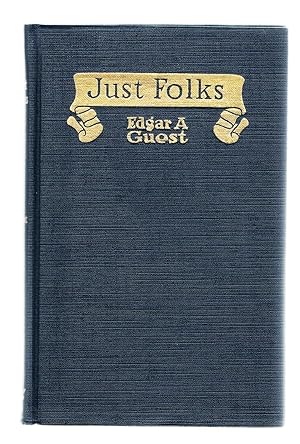Vacation Time
byVacation Time stirs a vivid image of long-awaited freedom, especially seen through a child’s eyes. It begins with a boy trapped in the closing weeks of school, where every clock tick feels exaggerated. His mind, already playing in open fields or beside gentle streams, barely stays in the classroom. He pictures sunshine, the thrill of being outdoors, and the end of pencils and recitations. When the teacher’s voice breaks the daydream, it feels like being pulled from a place far more alive. Each school day stretches endlessly, yet the reward at the end—unstructured, playful freedom—makes the wait feel worth it. Those childhood summers were not just breaks from school; they were windows to grow, explore, and feel completely free.
Now a father, the narrator watches his own children go through the same pattern. Their longing is familiar, mirrored in every sigh and every restless glance at the calendar. They don’t yet believe that time will someday move faster, or that the things they now dread—like responsibilities—will one day take vacation’s place. Their excitement mirrors his own, and he smiles, knowing what they don’t: that these years are fleeting. He recalls how real the fantasy once felt, so he lets them dream. The joy they feel, and the freedom they crave, deserve to be embraced, not rushed. Childhood is short, but these memories will stretch across lifetimes, etched in the simple delight of counting down to vacation.
In these moments, time becomes a character itself. For the young, it drags and teases. For adults, it accelerates, often robbing them of the same patience and imagination. Vacation becomes not just a pause, but a reminder of how different life looks through a child’s lens. The chapter celebrates this contrast with warmth and humor. It tells us that while childhood rushes toward joy, adulthood must slow down to remember how joy once felt. Letting children wait, wish, and wander in their minds gives them more than rest—it gives them wonder. That, in itself, is a gift parents often forget to give.
The second part shifts from anticipation to affection, through a nightly ritual of care. Each evening, his daughter presents new scrapes—tiny badges from a day spent exploring without fear. Her father kneels patiently, cleaning cuts and pressing kisses where ointment can’t reach. These moments are small but profound. They show a love so deep it doesn’t wait for grand gestures—it finds power in tending to tiny hurts. As he warns her gently to be more careful, he knows full well that these bruises are part of growing up. It’s hard to stop adventure, especially when legs are eager and hearts are brave.
These nightly exchanges build something stronger than scabs—they build trust. His daughter learns that no matter what the day brings, safety and comfort wait at home. The pain fades, but the feeling of being cared for lasts. Parents, especially fathers, often wrestle with wanting to shield their children while letting them grow. Through these moments, he sees that both protection and permission can live side by side. He does not want her to stop playing—he just wishes she could stay unharmed. But life doesn’t offer that bargain, so he settles for bandages and quiet reassurances.
Together, Vacation Time and The Little Hurts form a quiet tapestry of childhood. One part bursts with energy and anticipation, the other pulses with tenderness and care. They show how parents shape their children’s lives in big plans and small gestures. Whether allowing them to dream about summer or soothing their minor wounds, the impact is lasting. It is the everyday moments—permission to go barefoot, a dab of ointment on a knee—that become the anchor of memory. What feels like routine becomes legacy. And as the chapter closes, we’re reminded that joy and love, though expressed differently across ages, always begin in the smallest places.

